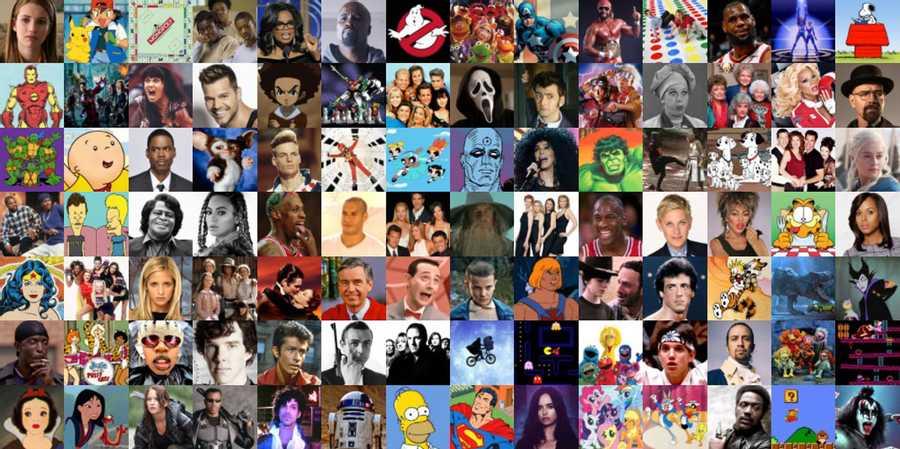Old Vs New Stories
The stories in pop culture in the last century tend to be moralistic and have a clear demarcation of good and bad.
These stories have virtually the same structure of good guys fighting with the bad guys for the sanctimonious fate of society.
37
247 reads
The idea is part of this collection:
Learn more about personaldevelopment with this collection
How to build confidence
How to connect with people on a deeper level
How to create a positive first impression
Related collections
Similar ideas to Old Vs New Stories
Popular Culture (or "Pop Culture")
The term "popular culture" - coined in the mid-19th century - refers to the traditional and material culture of a particular society.
In the modern West, pop culture refers to cultural products consumed by most of the society's population such as music, ar...
The power of stories
One of the oldest stories of great deeds is the ancient Greek Iliad of Homer. The story explores the value of a warrior and leader and the consequences of pride and anger.
Scientists also have stories about remarkable people and significant events in science, such as the discovery of p...
Our relationship with stories
Good stories catch your attention, connects you by drawing you in and move you to action. Stories that don't capture your attention will fail to deliver their message.
When participants remain engaged with a story and see characters overcome conflicts, they will empathi...
Read & Learn
20x Faster
without
deepstash
with
deepstash
with
deepstash
Personalized microlearning
—
100+ Learning Journeys
—
Access to 200,000+ ideas
—
Access to the mobile app
—
Unlimited idea saving
—
—
Unlimited history
—
—
Unlimited listening to ideas
—
—
Downloading & offline access
—
—
Supercharge your mind with one idea per day
Enter your email and spend 1 minute every day to learn something new.
I agree to receive email updates
